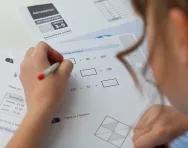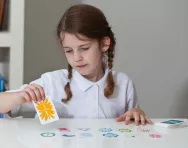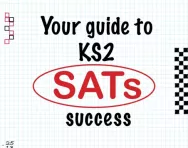Important update from TheSchoolRun
For the past 13 years, TheSchoolRun has been run by a small team of mums working from home, dedicated to providing quality educational resources to primary school parents. Unfortunately, rising supplier costs and falling revenue have made it impossible for us to continue operating, and we’ve had to make the difficult decision to close. The good news: We’ve arranged for another educational provider to take over many of our resources. These will be hosted on a new portal, where the content will be updated and expanded to support your child’s learning.
What this means for subscribers:
- Your subscription is still active, and for now, you can keep using the website as normal — just log in with your usual details to access all our articles and resources*.
- In a few months, all resources will move to the new portal. You’ll continue to have access there until your subscription ends. We’ll send you full details nearer the time.
- As a thank you for your support, we’ll also be sending you 16 primary school eBooks (worth £108.84) to download and keep.
A few changes to be aware of:
- The Learning Journey weekly email has ended, but your child’s plan will still be updated on your dashboard each Monday. Just log in to see the recommended worksheets.
- The 11+ weekly emails have now ended. We sent you all the remaining emails in the series at the end of March — please check your inbox (and spam folder) if you haven’t seen them. You can also follow the full programme here: 11+ Learning Journey.
If you have any questions, please contact us at [email protected]. Thank you for being part of our journey it’s been a privilege to support your family’s learning.
*If you need to reset your password, it will still work as usual. Please check your spam folder if the reset email doesn’t appear in your inbox.
What are SATs?
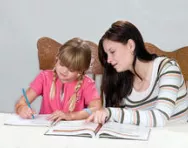
Given that SATs occupy a huge amount of teachers’ and pupils’ time as they prepare for the tests each May, they can loom large enough to overshadow everything else at school. Read on to find out exactly what to expect from them, so you and your child can keep them in perspective.
Who takes SATs?
The first time your child is exposed to SATs could be in Key Stage 1, in Year 2, at the end of infants (aged 7). These are optional SATs and schools may not administer them. But if they do, your child will be tested in maths and English (reading and spelling, punctuation and grammar). Teachers will generally try to keep the testing procedure informal – the papers are not strictly timed, and are usually taken in a normal classroom situation to keep the pressure off children.
In Years 3, 4 and 5 some schools test end-of-year progress by using tests known as optional SATs. The results won't be nationally recorded, but optional SATs help teachers assess children's progress and are used to help children get used to working in exam conditions.
Your child will take compulsory SATs in Key Stage 2 in Year 6, aged 11. These more formal, written tests (in English and maths) are 45 minutes long and can be quite daunting for this age group. The papers are sent away for marking and the results are known before children leave primary school in July.
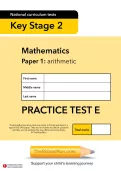

Prepare your child for SATs today
- Your guide to SATs
- KS1 & KS2 SATs revision courses
- SATs practice papers in English & maths
What are SATs for?
For a parents' guide to how SATs results are used by secondary schools, Ofsted and the Department for Education, read our article What are SATs results used for?
How parents can help with KS1 SATs and KS2 SATs
The format of SATs and the mark scheme changed in 2016 but the new-style papers are available to download for free:
- KS2 English SATs 2016 past papers
- KS2 Maths 2016 past papers
- KS2 English 2017 SATs
- KS2 Maths 2017 SATs
- KS2 English 2018 SATs
- KS2 Maths 2018 SATs
- KS2 English 2019 SATs
- KS2 Maths 2019 SATs
- KS2 English 2022 SATs
- KS2 Maths 2022 SATs
- KS2 English 2023 SATs
- KS2 Maths 2023 SATs
- KS2 English 2024 SATs
- KS2 Maths 2024 SATs
- Subscriber-exclusive KS1 and KS2 SATs practice papers in the new 2016 format
